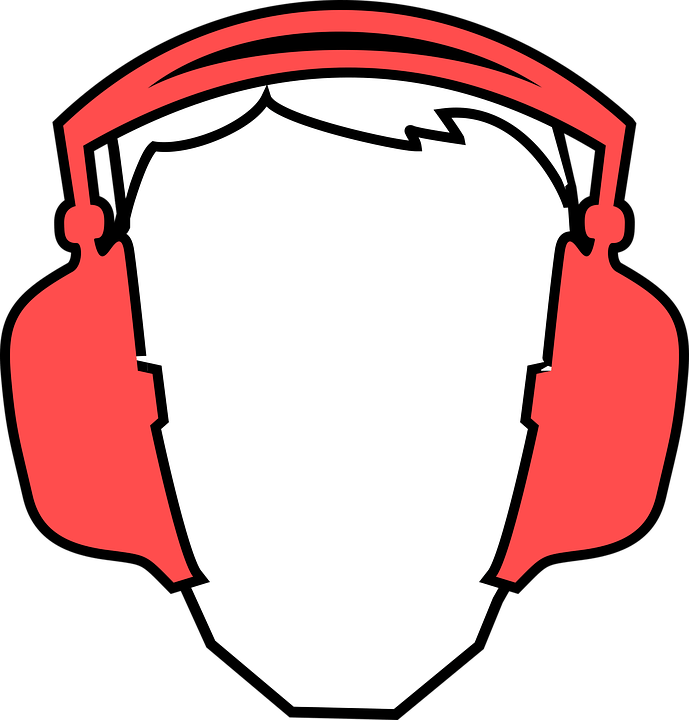 Occupational Medical Monitoring and Testing
Occupational Medical Monitoring and Testing
An Occupational Medical Monitoring Program is required by law, for the workplace that has job assignments that involve working in potentially hazardous conditions. It is also required for job assignments that include work with specific chemicals, substances, or hazardous materials. An Occupational Medical Monitoring Program involves medical monitoring and testing that is generally used to determine and track the health of employees working with specific chemicals, substances, or physical hazards and to evaluate and monitor potential exposure to employees who perform work in hazardous conditions.
Occupational medical examinations and testing are required to be conducted to identify health effects or exposures that require further follow-up. Improvements to work practices, engineering controls, or personal protective equipment may be necessary to limit exposures. The type of occupational medical monitoring depends on a number of factors including, but not limited to, the chemical, substances, or physical hazards the employee is working with, the number of days per year the employee works with or is exposed to the materials, and the types of functions performed by the employee.
Initial /Baseline Occupational Medical Evaluations and Vaccinations
Initial baseline occupational medical evaluations are required for some individuals at Eastern. Positions that require occupational medical evaluations are based on the essential functional analysis for the job. Jobs that involve tasks below may require participation in the occupational medicine program:
- medium to heavy work activity and stamina
- work with specific hazardous chemicals, substances, and materials;
- require the use of a respirator;
- require a commercial driver license;
- involve noise exposure; and/or
- work with live animals.
The occupational medical evaluations are designed to obtain baseline medical information, to determine if an individual is physically able to do the tasks necessary for the job; and/or to determine if an individual is medically able to use specific safety equipment. Individuals may need to complete an occupational medical evaluation questionnaire as part of the medical examination process.
Anyone with occupational exposure to bloodborne pathogens (WAC 296-823) is offered the Hepatitis B vaccine, at no charge.
EH&S determines the need for occupational medical evaluation(s) on a position by position basis.
Regulated Hazardous Chemicals, Carcinogens, and Materials
Chemical Use
If you work with any of the chemicals listed below you must fill out the Hazard Identification Form annually.
Participation in the medical monitoring program is required by law for individuals with exposure to the following hazardous chemicals, carcinogens, and materials:
- 1,2-Dibromo-3-chloropropane (WAC 296-62-07342(14) & 07346)
- Acrylonitrile (WAC 296-62-07336(14) & 07339)
- Arsenic (WAC 296-848-30010)
- Asbestos (WAC 296-62-07725)
- Benzene (WAC 296-849-120 through 12080)
- Butadiene (WAC 296-62-07460(11))
- Cadmium (WAC 296-62-07423)
- Carcinogens (WAC 296-62-07314)
- 2-Acetylaminofluorene
- Alpha-Naphthylamine
- 4-Aminodiphenyl
- Beta-Naphthylamine Benzidine
- Beta-Propiolactone
- Bis-Chloromethyl ether
- 3,3'-Dichlorobenzidine (and its salts)
- 4-Dimethylaminoazobenzene
- Ethyleneimine
- Methyl chloromethyl ether
- Methylenedianiline
- 4,4' Methylene bis (2 - chloroaniline)
- 4-Nitrobiphenyl
- N-Nitrosodimethylamine
- Coke Ovens (WAC 296-62-20017)
- Cotton Dust (WAC 296-62-14533(8))
- Emergency Response, (WAC 296-824-400 through 4005)
- Ethylene Oxide (WAC 296-855-30030 and WAC 296-62-07387)
- Formaldehyde (WAC 296-856-300)
- Hazardous Waste, (WAC 296-843-210 through 21005)
- Lead (WAC 296-62-07521 occupational exposure except construction or agriculture)
- Lead (WAC 296-155-17621 for construction work)
- Methylene Chloride, (WAC 296-62-07470(10))
- Vinyl Chloride (WAC 296-62-07329(10))
Every employee who needs a respirator for their job must have occupational medical monitoring to ensure they are medically able to wear a respirator. Breathing through a respirator is more difficult than breathing normally and respirator use can be hazardous to people with heart or lung problems.
Anyone using a respirator will also require training on its use and maintenance prior to using a respirator and will have to have annual Respirator Fit Testing to ensure the respirator fits properly and is functioning.
Individuals who chose to use a respirator when it is not required, for additional comfort and protection, must fill out the Information for Persons Voluntarily Using Respirators page and send a copy to EH&S.

Commercial Drivers License

For University positions that require a commercial driver’s license (CDL), the Uniform Commercial Driver’s License Act, Chapter 46.25 RCW, and the federal Commercial Motor Vehicle Safety Act of 1986, 49 CFR Part 40, require a current medical certificate that an individual is physically qualified to a commercial motor vehicle. DOT Physical Examinations are required every two years unless an employee has certain medical conditions which would require more frequent testing.
Random drug and alcohol testing is required to maintain a CDL.
Baseline audiometric examinations are required for all employees whose work involves noise exposure greater than or equal to 85 dBA averaged over an eight hour period. All employees subject to this level of noise will be provided hearing protection to be worn during their job.
Audiometric exams are required annually as long as the employee continues to be exposed to high noise levels. If the annual audiogram indicates the employee has hearing loss, a follow-up test will be conducted within 30 days ensure hearing loss is real and not a pre-test or test related issue.
(Loud noises should be avoided for several hours before the audiometric exam, this includes loud music in the car.)

The Office of Laboratory Animal Welfare (OLAW) requires a worker health & safety program for all institutions that conduct animal research. Eastern has designed the Health & Safety Program for Individuals Working with Animals to comply with these requirements.
Program participation is required for all individuals in moderate or high-risk activities and protocols (see below for the criteria used to determine program participation). Access to animals and approval of animal research protocols is dependent on program participation.

Participation in the occupational medicine program is required for anyone:
- Involved in rodent cage changes or cage washing
- Who handles rodents in ongoing research projects, lasting at least two months or more than one academic quarter
- Involved in research that includes Risk Group 2 (RG2) pathogens
- Involved in field research that requires physical contact with animals that are known reservoirs of zoonotic disease
In addition to those individuals who are required to participate in this program, anyone who works with animals may elect to participate.
Program participation is strongly encouraged for anyone at higher risk of issues related to animal exposure, this includes individuals who:
- Have a history of allergies, especially severe allergic reactions
- Have a chronic medical condition
- Have a medical condition or take medication that reduces immune function
- Are pregnant
Enrollment and follow-up forms for the program can be found below. They may open a page on your browser that says you need to update your PDF viewer. You can access either form by downloading it to your computer and opening it from the saved location.
Initial Medical Questionnaires for Individuals with Animal Contact
Please complete one of the following forms, following the instructions on page one, to enroll in the Animal Exposure Occupational Medicine Program. Select the form based on your position at EWU.
Follow-up Medical Questionnaires for Individuals with Animal Contact
Please complete one of the following forms to update your medical information in the Animal Exposure Occupational Medicine Program.
This form should be used to notify the health care provider of changes in allergy or health status.
Hepatitis B Vaccination
All employees whose work involves potential contact with human blood or bodily fluids are offered the Hepatitis B vaccine.
The Hepatitis B vaccine is a three shot series offered at 0, 1, and 6 months and is effective in 95% of adults. It is offered, free of charge, to employees with potential exposure to bloodborne pathogens.
Anyone who has already had the vaccination (many people received it as children) or who does not want the vaccination must fill out a Hepatitis B Declination form and return it to EH&S. The employee may change their mind at any time and request the vaccination.

Anyone with occupational exposure to bloodborne pathogens is required to take Bloodborne Pathogen Training annually.
EWU Exposure Control Plan
The EWU Exposure Control Plan outlines responsibilities and work practices to reduce the risk of bloodborne pathogen exposure for employees at the university. This is a general Exposure Control Plan for university employees, several departments on campus have specific exposure control plans.
Laboratory Exposure Control Plan
The Laboratory Exposure Control Plan outlines responsibilities and work practices to reduce the risk of bloodborne pathogen exposure for employees and students who work with potentially infectious materials in a laboratory setting.
Occupational Medical Records
As required by Washington State law, EH&S maintains all occupational medical records for 30 years from the date an employee leaves EWU. Records are kept confidential and copies may be requested by an employee at any time. (Older records are stored in Olympia so requests may take several weeks to fulfill.)


